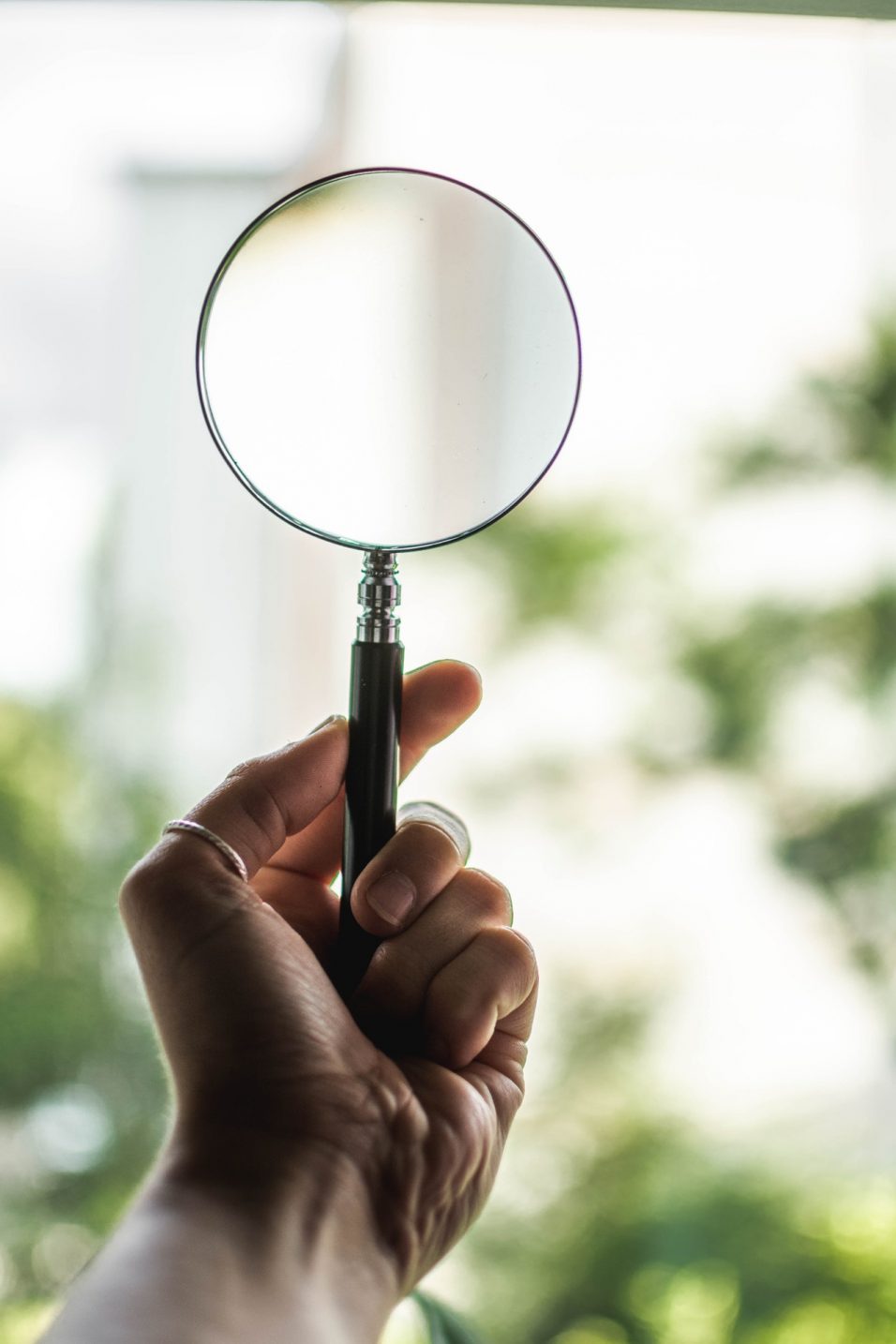I read a lot, which shouldn’t be a surprise, since I’m not only a writer, I’m a writer who writes an awful lot about books and literature in general. My reading list isn’t all that erudite; in fact, I’ve always been a sucker for a good mystery, especially the old classics—Christie, Sayers, etc. In fact, I’d argue that there’s a lot you can learn about writing in general from mystery novels. You can learn how to sketch a character quickly, how to manage the Law of Conservation of Details when describing things—and how to plot.
Working Backwards
A lot of newbie writers ask the gormless question “How do I plot?” Usually they start off by saying they’ve done all the fun stuff—they’ve imagined a great character, daydreamed a universe, and done whatever else catches their interest; some writers will spend time on the tax laws of their fantasy universe, others will write a 30,000 word backstory about the rise of the robots. What neither does is the hard work of actually working out what happens in your book.
Well, look to mysteries. When you finish a mystery—even a very good mystery, maybe especially a good mystery, you know what the secret is, right? You know who did it and how. And usually, almost always, once you know how the crime was committed, it’s not so mysterious any more, is it? In fact, it can seem kind of dumb. What was a tantalizing mystery at first becomes just a bunch of stuff you didn’t know before.
Embrace that. Because Plot is just a bunch of stuff you didn’t know before.
Start with the end and work backwards. Sure, you still have to think of the end, but this is usually easier, big-picture stuff. Like, the protagonist is the most powerful wizard in the realm and has saved the world. Or, the alien invasion was stopped because the hero figured out how to kill them. Then work backwards.
It’s going to seem dumb. Obvious. Of course this has to happen, or of course this has to happen—but the thing is, it’s only obvious and dumb to you because you already know what happens after each step. Once you figure out what happens before, the after part will seemed obvious.
This doesn’t remove all the effort, of course, and can still go wrong. But when you can’t see Step 1 but you can see Step 100, working backwards is a great way to figure out what, exactly, happens in your story.
I have a lot of practice in this, of course, because of all the times I wake up in strange places wearing someone else’s clothes.


Kind of like a lot of proofs and solutions in math and physics. Assume you have the correct answer, now ask what all the forces and positions need to be in order to be consistent with the solution. Funny how powerful this technique of working backwards can be.
That’s a great way to think about it.
I couldn’t agree more. I never start a novel unless I know the ending. And most times, I write the ending first. The Big Finish is pretty much the product, right?
Also, having an ending in mind gives me a target to shoot for, precluding dialog like, “I dunno, what do YOU want for dinner?”